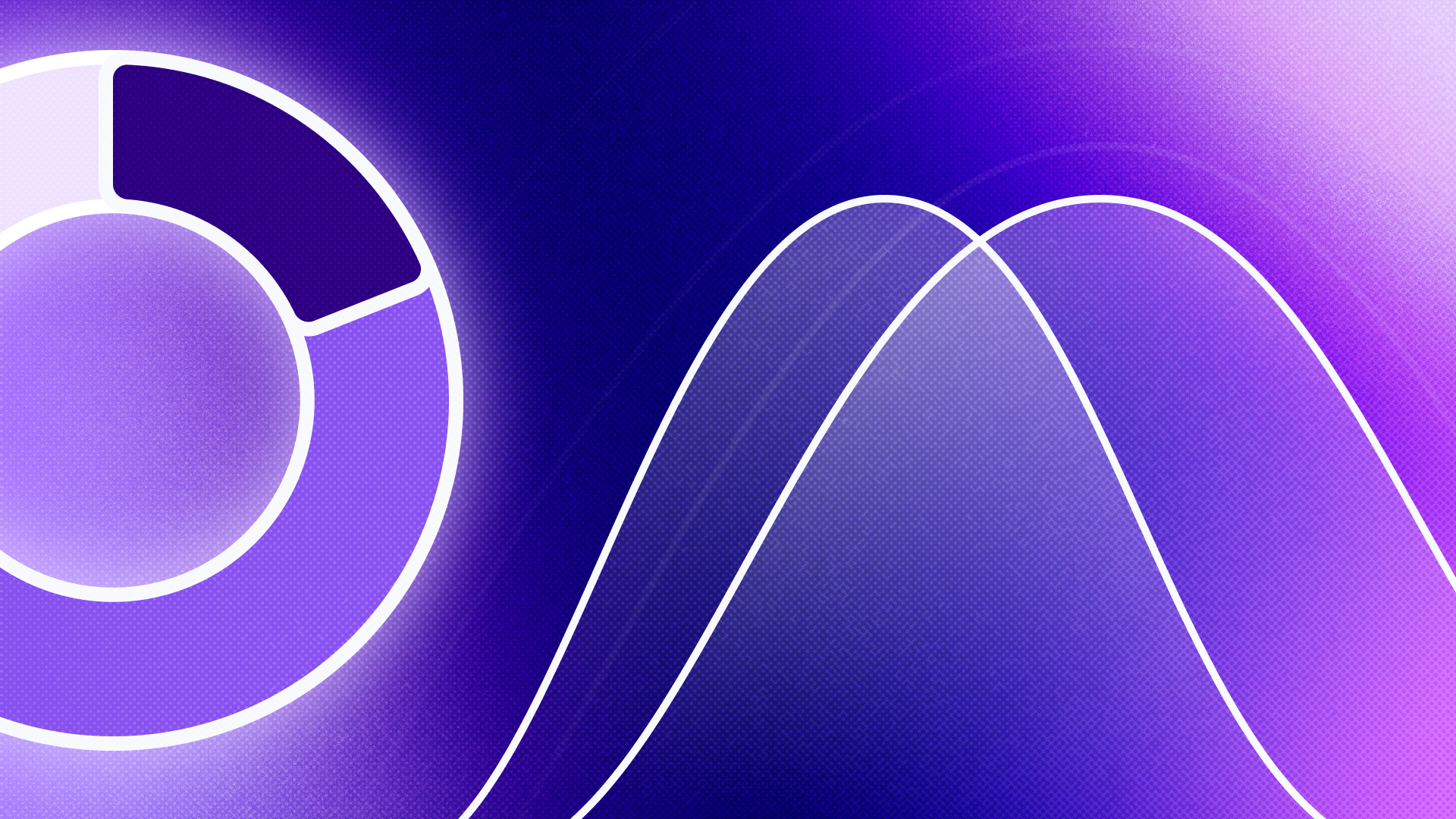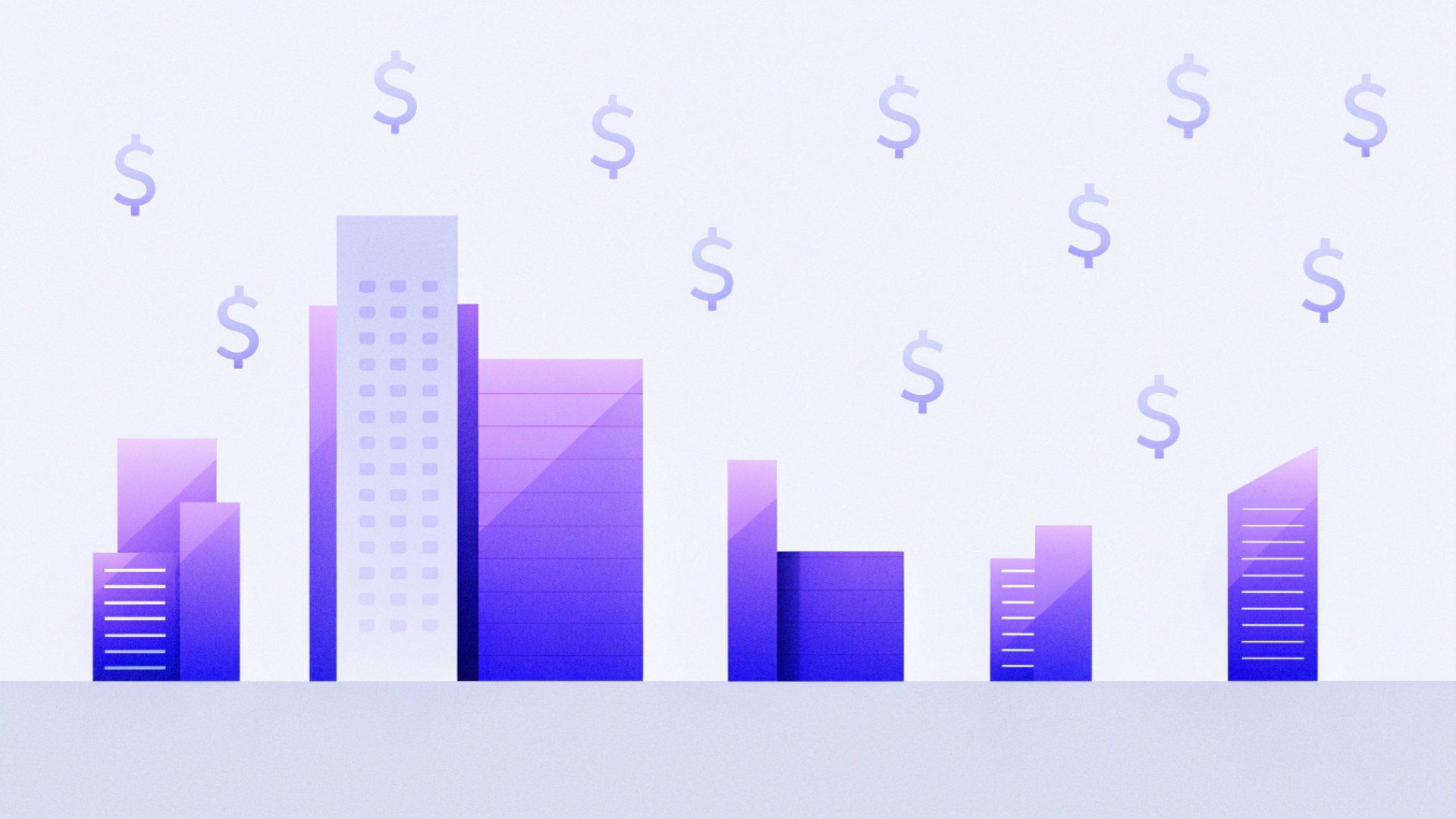How to reduce the cost of your revenue stack

Take a self-guided tour of the platform.
Ready to eliminate preventable SaaS spend?
See why Vertice is trusted by top procurement leaders.
Discover proven steps to cut waste, boost ROI, and reinvest in what actually drives growth.
How to estimate the cost of your Rev Stack: CRM, sales engagement and marketing automation? That’s the billion-dollar question.
When it comes to running a profitable business, having a solid revenue stack is essential. By revenue stack, we mean the combination of SaaS tools that enable your business to manage customer relationships, engage with and convert prospects, and automate marketing campaigns.
But as any finance leader knows, these tools can be expensive and it's therefore crucial that you're considering the full costs before making a purchase. Especially given that software of this kind usually requires a substantial up-front investment, not to mention a long-term commitment.
So, how much can you expect to pay for your revenue stack?
Unfortunately, there isn't a one-size-fits-all answer. The majority of SaaS vendors don't advertise their pricing, which means you are at their mercy when it comes to the cost of each tool. Often, these vendors hold all the cards, leaving you with little leverage to negotiate the best possible price – a dynamic that helps explain why cloud spend management is hurting your productivity.
But this doesn't have to be the case.
Seven factors that influence the cost of your RevStack
With as many as 55% of SaaS vendors choosing to obscure their pricing, with many now providing custom quotes not only on their enterprise-level plans, but across all tiers, it can be difficult to know what you can expect to be charged.More specifically, it can be difficult to know exactly what determines this cost.In this section, I've outlined some of the biggest factors that influence how much you will be charged for the tools in your revenue SaaS stack, along with guidance on what you should do to ensure you're getting the best possible price.
1. Headcount growth, funding news and your existing tech stack
In many instances, a sales rep will look at factors such as the number of employees your company has hired in the past six months, recent funding announcements, and the technology that you're already using to determine which tier your company falls into.But this can mean that you're quoted for a plan that doesn't suit your usage needs.To ensure this isn't the case, it's worth asking the vendor for a detailed breakdown of the different plan types, so that you can understand the pricing model and have confidence that you're getting a fair price.
2. Usage
Unlike other types of SaaS tools, CRM and marketing automation vendors won't overly care about how many employees (internal users) will be using the platform. What they care about — and what they base their pricing on — is the number of contact records that will be added to the database.In comparison, sales engagement tool vendors tend to charge by seat (sales rep), which can get expensive pretty quickly if you're a startup with huge growth plans.So, what are your options if you are planning to increase your sales headcount? For example, if you have ten sales reps now, but plan to grow the team to 20 or 30 in the coming months?Well the first thing to point out here is that vendors often like the sound of account expansion. So much so, that many will be open to offering a discounted price on any additional seats that are added during the duration of the period.Going into negotiations with an idea of near-future usage can help to drive down costs.
3. Features
Different tools will offer different feature sets, and generally speaking, the more advanced the feature set, the more expensive the tool will be.It's therefore important that you're carefully considering what features and functionality you really need to avoid overspending on those that aren't required.Make a list of your key requirements and compare the feature sets of different vendors as part of your decision making process. You can leverage any gaps you find during negotiations. In fact, some vendors may be open to giving you access to a specific feature for free, instead of giving you a hefty discount., , , ,
4. Integrations
Chances are, you will need to integrate most of your tools into your CRM. This means it's crucial that any marketing automation and sales engagement tools that you purchase either include, or allow for, the necessary integrations.You should also keep in mind that if you integrate your revenue stack with other tools, for example your accounting software or HR systems, you may be charged an additional fee. Be sure to factor in the cost of any required integration when estimating the total cost of your revenue stack.
5. Customization wishlist
Do you need to connect your API, set up custom integrations, or want to customize permissions? Maybe you need more complex workflows or advanced reporting? Or are you happy with the standard functionality?
Having a solid understanding of what you want and need from any piece of software can help you understand not only your required plan level, whether that be a Starter, PRO or Enterprise, but even the tool itself — it may help you realize that Zoho is a better fit than Salesforce, for example.
In fact, there will be certain SaaS tools, such as Salesforce, that can allow you to achieve a high level of personalization for your account through development. But this does of course mean hiring external or internal resources to develop, manage, and maintain your setup. Something that will come at an additional expense.
On the other hand, tools that are focused on the mid-market may do everything you need, but with limited options for customization. Think permissions, multi-currency reporting, complex integrations, views per team and so on.The bottom line is, if you need custom development or integrations, this can add to the total cost – and if those purchases are happening without process oversight, you risk falling into maverick spend territory.
6. Your team's experience
Look within your organization for objective advice. It’s possible that someone in your team will have previously used the tool you are researching. In fact, your team’s experience and familiarity with a certain tool can help influence which vendor you choose. After all, if someone has used the tool in the past, this could save you time and money when it comes to implementation, training and management – unlike unmanaged SaaS applications which typically emerge from rushed decisions and siloed teams.
7. Whether you're replacing the tool
Are you buying a tool for the first time or replacing it? If the former, then you might be able to establish baseline figures so that there is a basis for comparison once the new tool is implemented.
Also, if you are switching providers, a vendor may be more willing to negotiate a better price to secure the sale. This is where effective SaaS contract management becomes crucial – allowing you to track renewal dates, avoid auto-renewals, prevent vendor lock-in, and time negotiations strategically.
How to get the best possible price on your RevStack
Give yourself time
While you don't need to drag the process out, it is important that you're giving yourself time to evaluate the vendors, have the demos, run the trials, and consult with your team.By doing so, you will be in a far better position to negotiate — ideally with leverage. This also highlights how finance and engineering can collaborate to control cloud costs by aligning priorities before entering vendor discussions.
Ensure you're making an informed decision
Keep in mind that you can absolutely ask vendors for certain things to help with your decision making. This could include:
- A trial, data sample or proof of concept
- Trial extensions — often, they will be happy you want to do more testing and are still considering their solution
- Case studies with a similar use case
- A reference from one of their customers
- The option to trade in a future testimonial or case study for an additional feature
- Different payment terms, for example monthly as opposed to quarterly
- Discussing a user ramp-up plan — now vs three months vs six months — and lock in prices
Negotiate with leverage
When it comes to securing the best price on your revenue software stack, the best thing you can do is negotiate.
After all, the prices that SaaS providers quote are rarely set in stone and there are almost always savings to be had — in fact, according to our data, 90% of buyers are overpaying for their software by 20-30% on average.
But while there are a number of negotiation strategies you can use, the best leverage you can obtain are pricing benchmarks. In other words, knowledge of the prices that other similar companies are paying for the tools that you're considering. Procurement analytics software solutions can give you access to these benchmarks, helping you understand market rates and negotiate with confidence.
And remember, negotiation is only one part of the puzzle. If you're looking for a more strategic advantage, you should be exploring how to make SaaS and cloud spend optimization your secret weapon of 2025.
How to find out what other companies are paying for their revenue tools and use it to your advantage
So, how do you gain this insight?
In short, with a SaaS purchasing platform like Vertice.
With access to the pricing and discounting data of more than 16,000 SaaS vendors across the globe, Vertice can ensure that you're paying the best possible price on any contract. Better still, our procurement experts can use it as leverage, negotiating on your behalf to save you both time and money.
See for yourself how we saved one company as much as $155,000 on a single contract, while securing them average savings of 32% across their entire SaaS stack. Alternatively, get a better idea of how much you could be wasting on software by downloading our SaaS wastage benchmarks report.
.webp)



![The Best SaaS Management Platforms for 2026 [According to Analyst Research]](https://cdn.prod.website-files.com/6640cd28f51f13175e577c05/687f56f6e55f8c0078341eb6_2025-06-Lionfish-Tech-Advisors-Report-01-1080x1080.webp)


.webp)